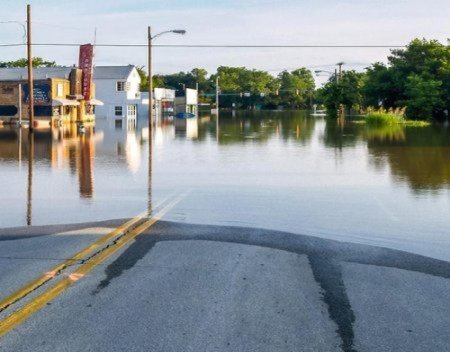
How to Find the Best Flood Insurance Policy for You
Basement flood insurance coverage can vary depending on the policy and insurer, but generally, it includes the following aspects: What is Covered: Structural Damage: Walls, floors, ceilings.
Electrical and plumbing systems.
HVAC systems (heating, ventilation, air conditioning).
Personal Property: Furniture, electronics, clothing, and other personal items.
Appliances such as washers, dryers, and refrigerators.
Permanently Installed Items: Built-in furniture or shelving.
Finished walls and flooring (depending on the policy).
Cleanup and Restoration: Costs associated with removing water, drying out the basement, and mold remediation.
What is Typically Not Covered: Improper Maintenance: Damage due to lack of maintenance or neglect.
Certain Types of Property: High-value items like jewelry or artwork unless specifically insured.
Certain types of personal property stored in the basement.
Groundwater Seepage: Flooding caused by water seeping through the ground, unless it is directly caused by a covered event.
Basement Improvements: Often, finished basements or improvements might not be fully covered unless specified in the policy.
Types of Policies: National Flood Insurance Program (NFIP): Federal program providing flood insurance to homeowners, renters, and businesses.
Covers both the structure and personal property but with specific limits.
Private Flood Insurance: Offered by private insurers, often with broader coverage and higher limits.
May include additional benefits such as living expenses during repairs.
Tips for Choosing Basement Flood Insurance: Assess Risk: Understand your flood risk based on your location and basement's condition.
Check Limits: Ensure the coverage limits are sufficient for both the structure and personal property.
Understand Exclusions: Read the policy carefully to understand what is not covered and consider additional endorsements if necessary.
Compare Policies: Compare policies from different insurers to find the best coverage and rates.
Consider Deductibles: Choose a deductible that balances affordability with coverage needs.
If you have any specific questions or need detailed information about a particular policy, it's best to contact your insurance provider directly.
We contacted Mr. Holt for an estimate via email over the weekend prior to a closing on a property, hoping for a response on the following Monday to take with us with confidence in being insured at the settlement table on a Tuesday. He exceeded our expectations not once but in readily responding to the initial request and then to follow-up questions all during the weekend frenzy that occurs before closing. "Impressive and responsive customer service," for sure!
I have no problem giving you an A1 reference for taking care of the flood policies for me and Diane. I appreciate you working with the mortgage company: the surveyor and our previous agent. The result was a 75% reduction in our flood insurance premiums!
I have known Tim for many years and he is a man with great integrity, work ethic and one of the nicest persons I know. Over the years Tim has provided insurance counseling and advice to our company, for myself personally, as well as to our clients. Recently Tim, took time to analyze our flood insurance policy and he was able to make some excellent recommendations. Our flood insurance costs are now less and we have much better coverage. I recommend Tim to anyone without hesitation or reservation.